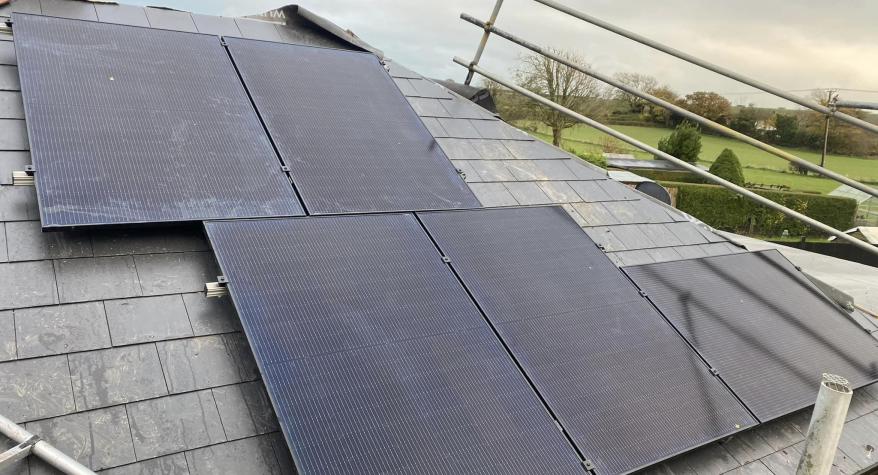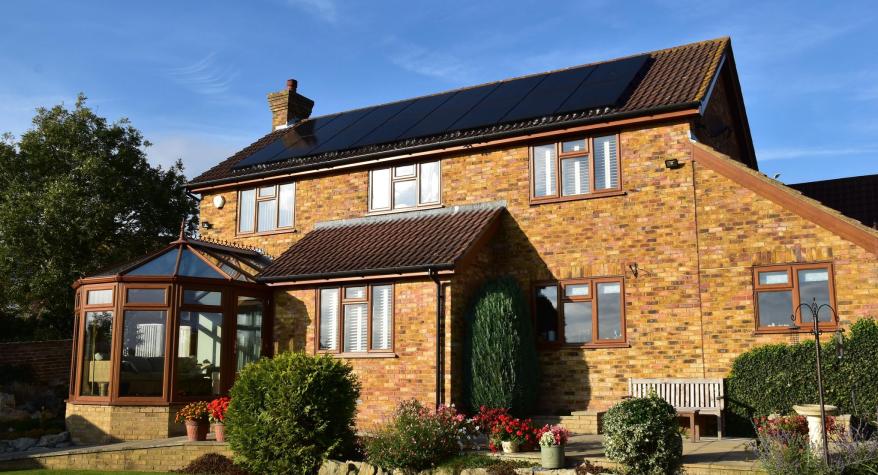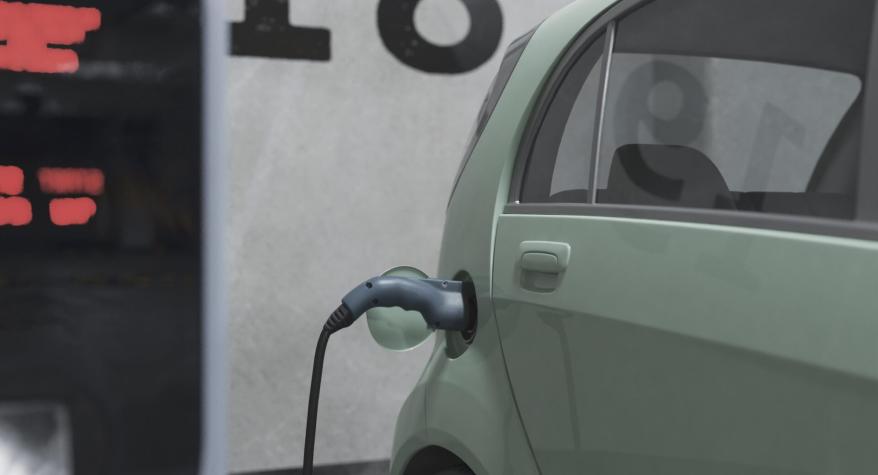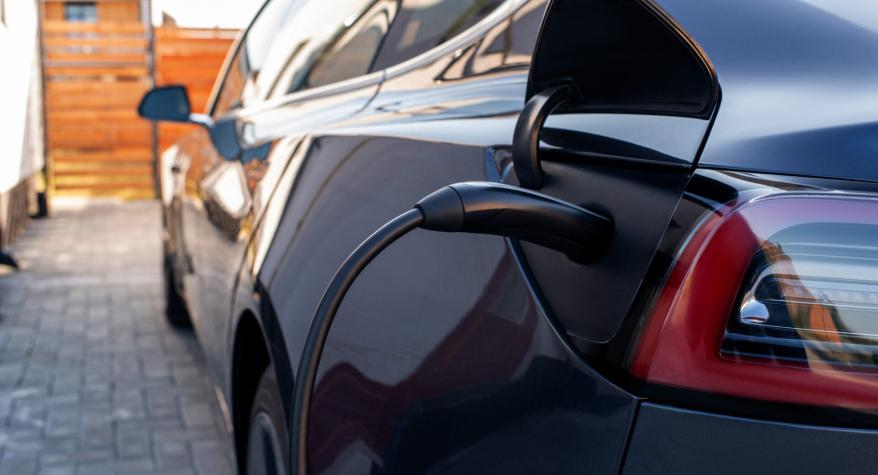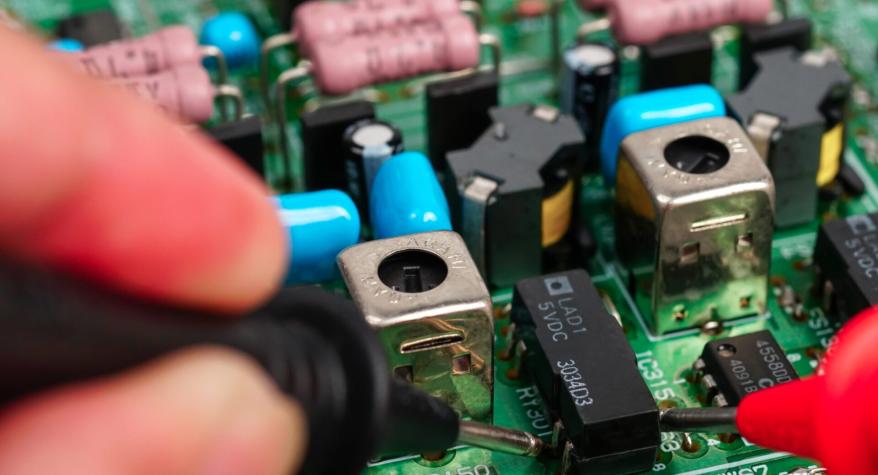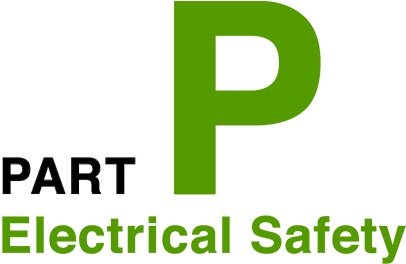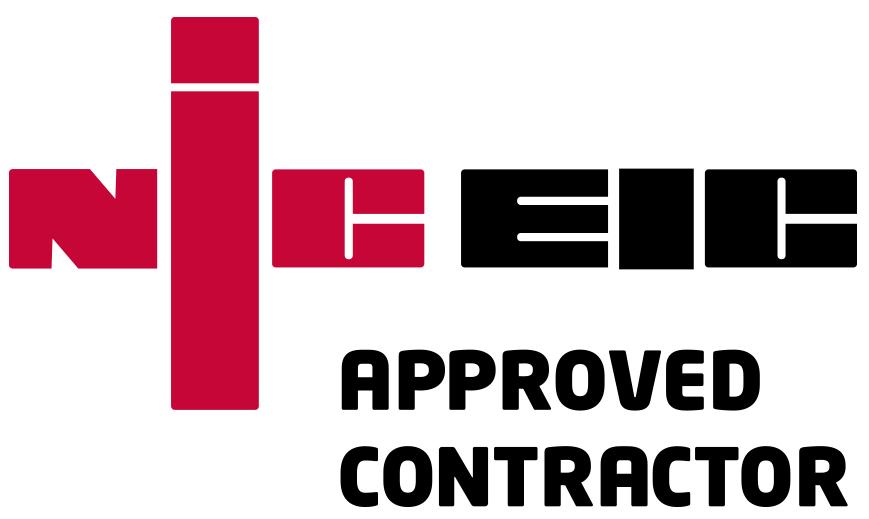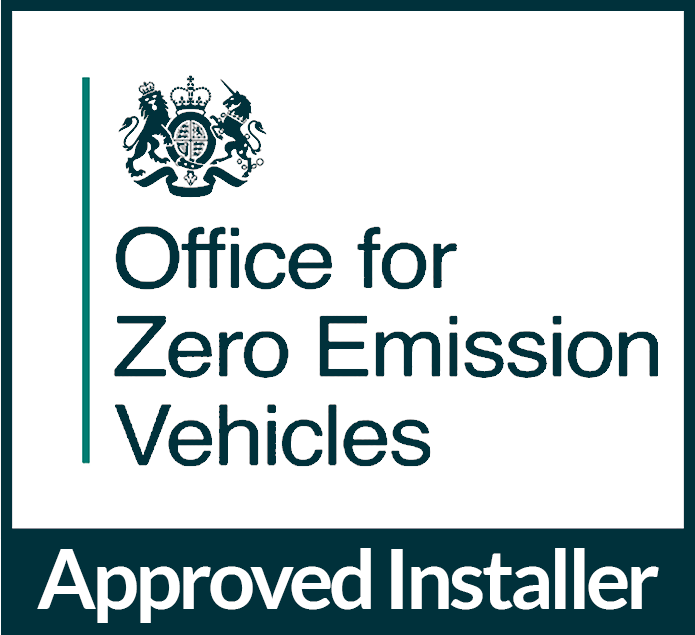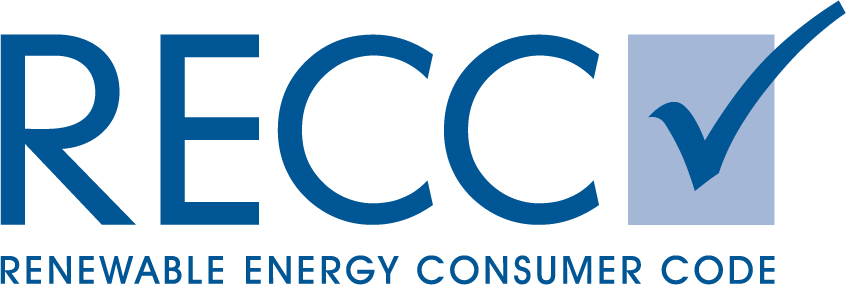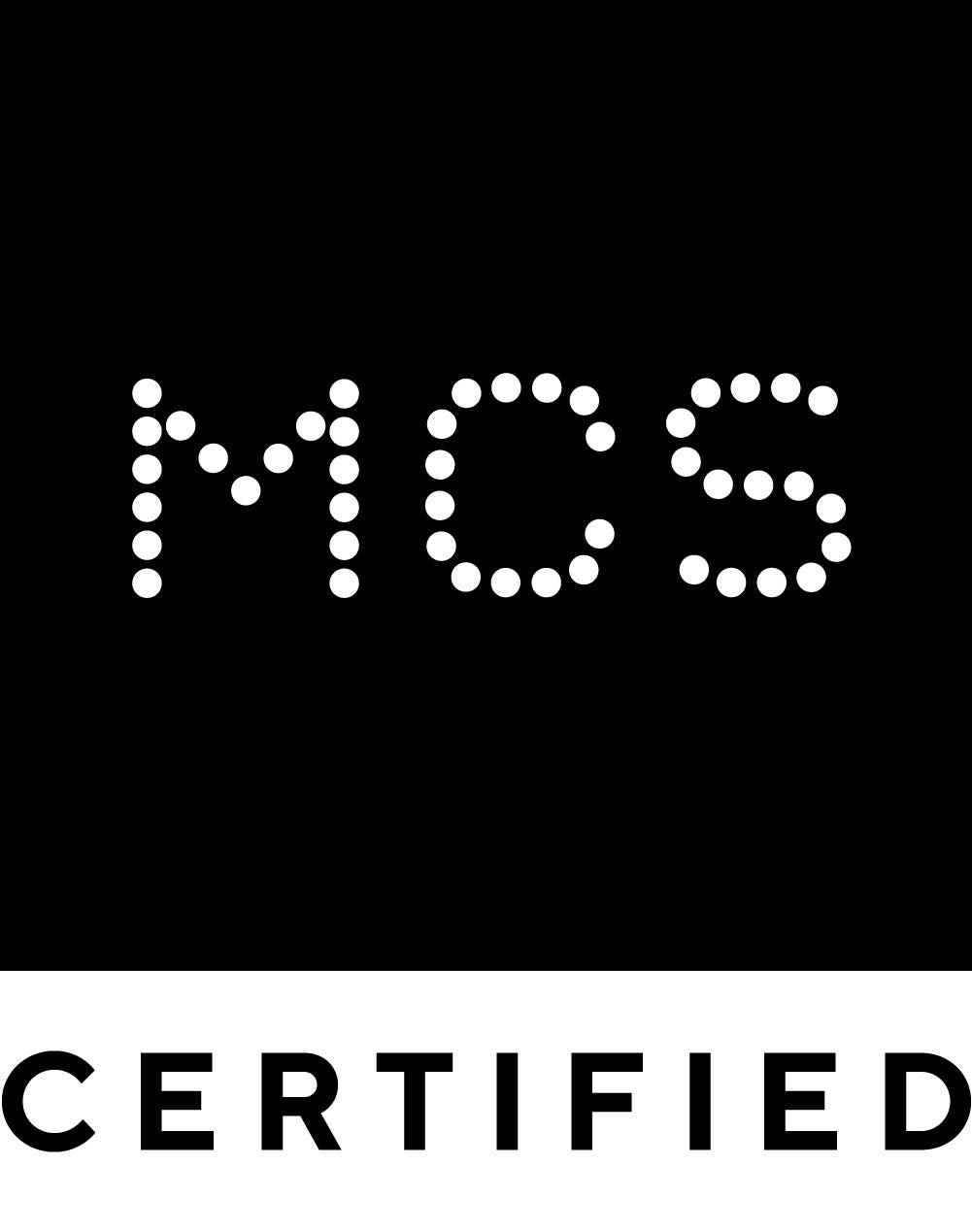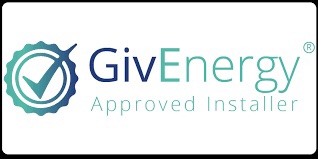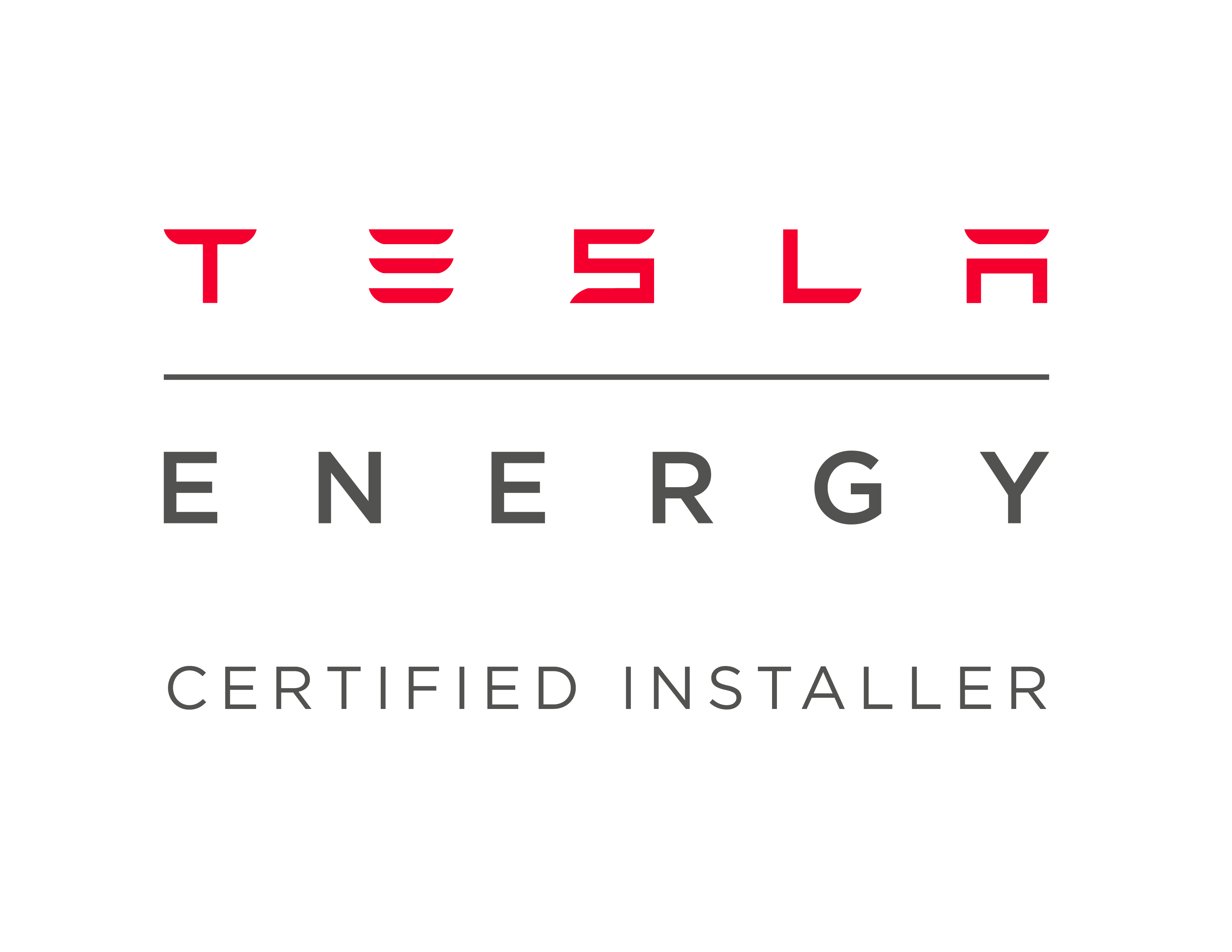Are you considering adding a solar PV system at your Maidstone home? The orientation of your roof plays a pivotal role in determining the efficiency and overall performance of your solar PV system. PBA Electrical and Renewables are your trusted local Solar PV installers in Maidstone. Here I will explain the different roof orientations and how they impact solar energy production.
PBA Electrical and Renewables, Aylesford - Solar PV
South-Facing Roof Orientation: The Holy Grail for Solar PV
A south-facing roof is often hailed as the best for solar PV installations, especially in the northern hemisphere. This orientation means that solar panels receive the maximum sunlight exposure throughout the day. The sun's path reaches its highest point in the southern sky during summer, this allows for direct and consistent sunlight, optimising energy production and system efficiency.
North-Facing Roof Orientation: Not the best but not impossible for a solar PV installation
North-facing roofs are considered less ideal for solar PV installations in the northern hemisphere. These roofs receive less direct sunlight, leading to decreased energy production. While it's still possible to install solar panels on north-facing surfaces, the efficiency and overall output may be compromised. However, in the southern hemisphere, where the sun's path is reversed, north-facing roofs become the preferred choice. In the UK, we could consider a north facing roof to supplement an existing system.
East-Facing Roof Orientation: Capturing the Morning Sunlight with your Solar Panels
East-facing roofs are positioned to capture sunlight in the morning. While they may not receive as much sunlight throughout the entire day compared to south-facing roofs, they can be advantageous in scenarios where energy demand is higher in the morning. This orientation aligns with the sun's path as it rises in the east, providing an early boost to solar energy production.
West-Facing Roof Orientation: Harnessing Afternoon Sunlight with a Solar PV Installation
West-facing roofs capture sunlight in the afternoon and evening. This orientation can be beneficial if your energy consumption is higher during these times. While the overall daily energy production might be slightly lower than with a south-facing roof, west-facing installations offer a unique advantage by aligning with peak demand periods.
Flat Roofs: Flexibility and Considerations for a Solar PV Installation
Flat roofs provide flexibility in panel placement and orientation. Solar panels can be mounted at various angles to optimize sunlight exposure. This adaptability allows for customisation based on geographical location, seasonal variations, and specific energy consumption patterns. However, factors like potential shading and maintenance accessibility should be carefully considered in flat roof installations.
Panel Optimisers: Making the difference to roof optimisation for solar PV systems
The Photovoltaic (PV) panel optimisers are devices designed to enhance the performance of solar PV systems by individually optimising the output of each solar panel. Unlike traditional solar installations where panels are connected in series, which can be affected by shading or differences in panel performance, optimisers work at the module level.
This helps mitigate the impact of shading, soiling, or variations in panel characteristics, which can otherwise lead to decreased efficiency in the solar power system.
By allowing panels to operate independently, optimizers contribute to overall system efficiency, enabling solar arrays to produce more energy, even in less-than-ideal conditions. This makes them a valuable component in maximising the energy yield and return on investment.
Factors Influencing Choice of Solar PV Installation Direction
Several factors influence the choice of roof orientation, including local climate, shading from surrounding structures or vegetation, and the specific energy needs of the property. It's crucial to conduct a comprehensive site survey to determine the most suitable orientation for maximizing solar energy production and achieving a satisfactory return on investment.
In summary , the orientation of your roof profoundly impacts the performance of your solar PV system. While south-facing roofs reign supreme for maximizing sunlight exposure, other orientations can be strategically chosen based on energy consumption patterns and specific site conditions. Whether facing north, east, west, or opting for a flat roof there is a solution to suit your needs.
If you would like to discuss how roof orientation will affect a solar PV system at your Maidstone property, contact PBA Electrical and Renewables today.
--

